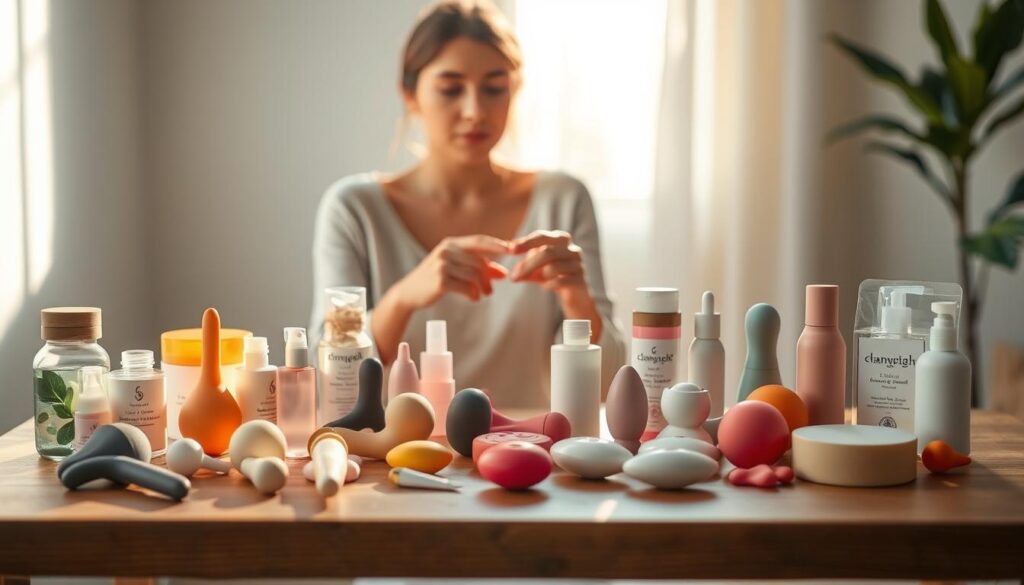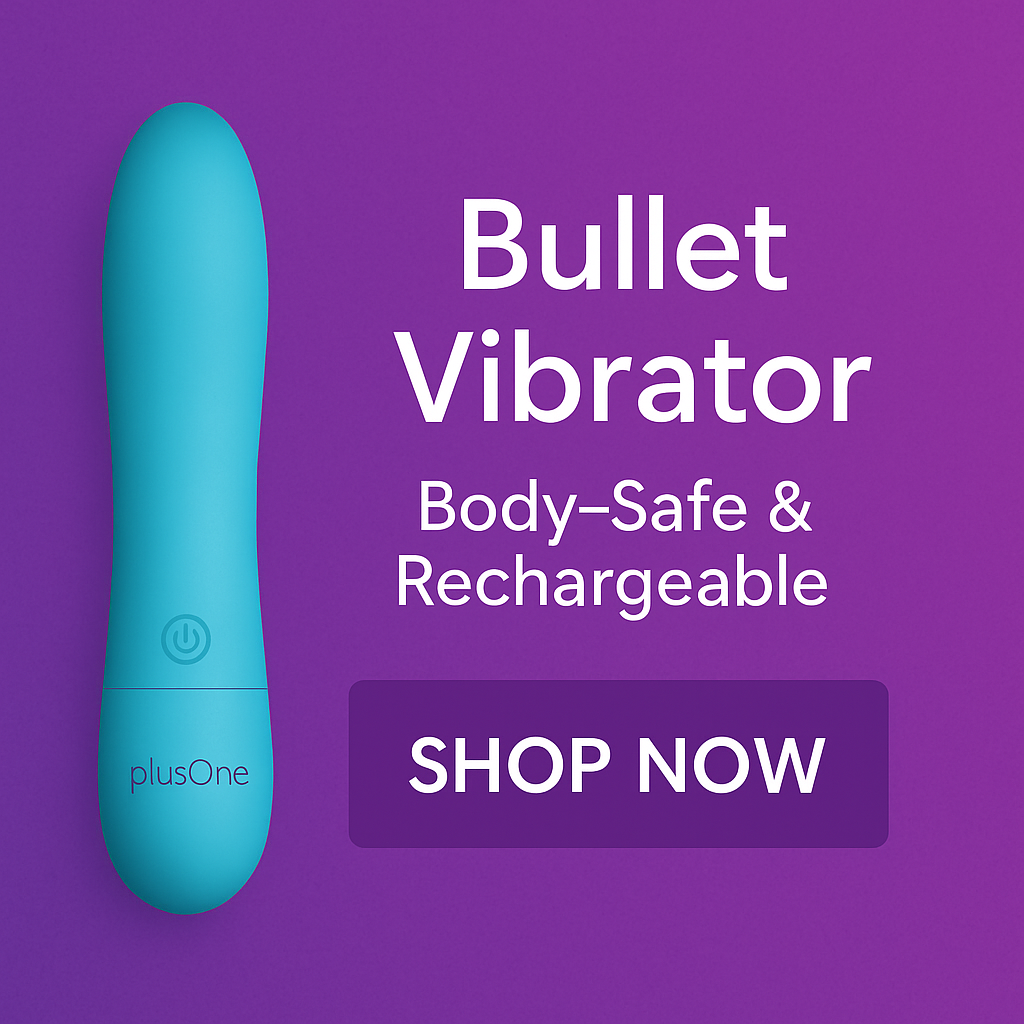
Navigating self-discovery after painful experiences requires patience and care. For many survivors, rebuilding trust with their bodies feels overwhelming at first. We’ve learned that early attempts to “push through” discomfort often deepen emotional wounds instead of fostering growth.
Processing past events lays the foundation for safer exploration. Stories from therapy sessions reveal how rushing into exposure techniques without proper support can reignite fear. That’s why pacing matters—listening to our needs creates space for gradual progress.
Reconnecting with pleasure isn’t about perfection. It’s about honoring boundaries while gently expanding comfort zones. Some find non-penetrative tools helpful, while others focus on mindfulness during private moments. Professional guidance often helps tailor approaches to individual histories.
Together, we’re breaking the silence around reclaiming agency. By sharing insights and practical strategies, this discussion aims to empower without pressure. Let’s explore how compassionate self-care can reshape our relationship with intimacy.
Key Takeaways
- Healing requires respecting personal timelines and emotional readiness
- Professional support helps avoid retraumatization during exploration
- Non-penetrative methods often serve as gentle starting points
- Mindfulness practices enhance connection during private moments
- Community stories reduce isolation and normalize healing journeys
Understanding Trauma and the Journey to Sexual Healing
The path to reclaiming intimacy begins with understanding our body’s signals. Past experiences can create physical tension and emotional barriers that feel impossible to navigate alone. By exploring therapeutic strategies and anatomical awareness, we build tools to reconnect safely.

Emotional and Physical Impacts
Trauma reshapes how our nervous system responds to touch. Many survivors report feeling disconnected from their pelvic floor muscles or experiencing discomfort during stimulation. Therapies like EMDR help reprocess distressing memories, while sensate focus exercises encourage gentle touch without pressure.
Consider this breakdown of pelvic floor components:
| Muscle Group | Role in Intimacy | Care Tips |
|---|---|---|
| Superficial Layer | Supports vulva sensitivity | Breathing exercises |
| Deep Layer | Controls bladder/bowel | Physical therapy |
| Connective Tissue | Affects comfort during activity | Hydration & stretching |
Learning to Redefine Pleasure
Books like Emily Nagoski’s Come as You Are teach us that arousal patterns vary widely—and that’s normal. Sexual health education helps dismantle harmful myths, replacing them with curiosity. We’ve found that starting with non-genital stimulation (like scalp massages) often eases anxiety.
Clear communication with partners or therapists strengthens this process. As one survivor shared: “Naming what felt scary gave me power to choose what felt safe.” Small steps create lasting change.
Exploring Safe Options: Sex Toys After Trauma
Selecting the right aids can transform how we approach intimate wellness. Thoughtfully crafted tools help rebuild trust through design that honors individual needs. Let’s explore how innovation in this space creates safer pathways for exploration.
Benefits of Sensitivity-Focused Designs
Products engineered for gentle interaction reduce overwhelm. Brands like Dame Products use medical-grade silicone and whisper-quiet motors to minimize sensory triggers. A survivor shared: “The gradual intensity settings let me stay present instead of panicking.”
Prioritizing Inclusive Brand Values
Companies like Maude and Lioness lead with science-backed designs that adapt to diverse bodies. Their focus on ergonomic shapes and intuitive controls fosters confidence. Research shows 67% of users feel more in control with adjustable-speed devices compared to traditional options.
| Brand | Key Feature | Healing Benefit |
|---|---|---|
| Dame Products | Flexible wings | Reduces pressure points |
| Lioness | Biofeedback tracking | Enhances body awareness |
| Maude | Simplified controls | Minimizes decision fatigue |
Design Elements That Empower
Curved edges, non-phallic shapes, and pressure-sensitive buttons help users maintain autonomy. As noted in this community discussion, inclusive products often incorporate educational resources about pacing and consent. These details create holistic healing experiences beyond basic functionality.
When exploring options, consider devices offering:
- Multiple vibration patterns for gradual exposure
- Non-invasive stimulation methods
- Clear instructions for stress-free use
Guidelines for Selecting and Using Adult Toys Post-Trauma
Choosing the right tools can empower survivors on their healing journey. We’ve found that simple, intuitive designs often create the safest foundation for exploration. As one therapist noted: “It’s not about finding the ‘perfect’ product—it’s about discovering what feels manageable today.”

Starting Small with User-Friendly Products
Compact devices with minimal controls help reduce decision fatigue. Many find success with bullet-style vibrators or textured massage tools that offer indirect stimulation. A recent survey showed 82% of first-time users preferred devices smaller than their palm for initial experiments.
| Product Type | Key Benefit | Ideal For |
|---|---|---|
| Bullet Vibrator | Precise intensity control | Localized touch exploration |
| Silicon Roller | Non-vibrating pressure | Sensory reconnection |
| Adjustable Massager | 3-speed settings | Gradual exposure therapy |
Adapting to Your Changing Needs with Multiple Settings
Devices with customizable features grow with your comfort level. One survivor shared: “Having 10 intensity options let me stop at level 2 without feeling ‘behind’ in my progress.” Pairing these tools with professional guidance helps tailor experiences to your unique timeline.
Water-based cleaners simplify maintenance—a practical detail that supports consistency. Remember: What works today might shift next month, and that’s okay. Healing isn’t linear, but having adaptable resources makes the process feel more achievable.
Integrating Sexual Education and Therapy into Pleasure Exploration
Rebuilding trust with our bodies involves more than personal exploration—it requires merging knowledge with compassionate support. Combining evidence-based education and trauma-aware guidance helps us create personalized pathways to joy. Let’s examine how these elements work together to foster safe, informed healing.
Reclaiming Our Bodies Through Education
Knowledge dismantles shame. Books like The Body Is Not an Apology teach us to embrace physical sensations without judgment. Female-led companies like Unbound and Dame collaborate with educators to provide free guides on pelvic floor health and mindful touch.
Understanding anatomical functions reduces fear. For example, learning how breathing affects pelvic tension helps many survivors manage discomfort. Workshops hosted by trauma-informed care specialists often blend science with practical exercises, creating bridges between theory and lived experience.
| Resource Type | Focus Area | Key Benefit |
|---|---|---|
| Interactive Guides | Body Literacy | Reduces anxiety through clarity |
| Podcasts | Consent Education | Normalizes boundary-setting |
| Workshops | Mind-Body Connection | Encourages gradual experimentation |
Working with Therapists to Set the Right Pace
Professionals help us navigate triggers while celebrating small wins. A somatic therapist shared: “We focus on what feels possible today, not where someone ‘should’ be.” Sessions might include exploring non-genital stimulation techniques or discussing product designs that align with current comfort levels.
Many find that pairing therapy with educational tools accelerates progress. For instance, using biofeedback devices alongside counseling improves body awareness over time. This dual approach honors both emotional readiness and physical curiosity.
Healing thrives when we balance self-guided learning with expert insights. Together, they build resilience—one mindful step at a time.
Conclusion
Healing from painful experiences takes courage and time. Our shared stories show how blending education with compassionate care helps rebuild trust in our bodies. Supportive companies and trusted therapists become vital allies in this process.
Survivors of abuse often find power in choosing tools that honor their pace. Whether through gentle products or mindful therapy sessions, each small step matters. Research reveals that 1 in 4 women reclaim pleasure through gradual, self-led exploration.
We’ve learned that kindness transforms recovery. Initiatives like Nienke Helder’s Sexual Healing range prove that innovation thrives when guided by survivors’ needs. Every day offers new opportunities to rewrite our relationship with intimacy.
Let’s move forward together—celebrating progress without timelines. Your journey belongs to you. With education and community, we create futures where pleasure becomes a safe, empowering experience again.

